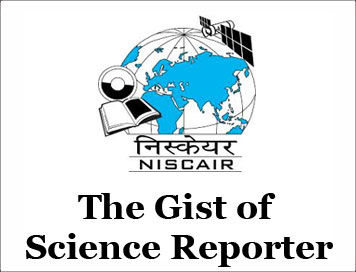(HOT) UPSC Current Affairs 2025 PDF
NEW! The Gist (NOV-2025) | E-BOOKS
(GIST OF SCIENCE REPORTER) AMOEBIC MENINGOENCEPHALITIS
(GIST OF SCIENCE REPORTER) AMOEBIC MENINGOENCEPHALITIS
(JULY-2025)
AMOEBIC MENINGOENCEPHALITIS
Context:
Recently, Kerala’s State Public Health Laboratory developed its own molecular diagnostic test kits to identify five common species of free-living amoeba, which are toxic to humans and which can cause amoebic meningoencephalitis.
Key Details
-
In cases of amoebic meningoencephalitis, life-saving measures depend on early pathogen identification and treatment.
-
Although the environment contains more than 400 species of free-living amoeba, only a small number of these have been shown to be harmful to humans, such as Balamuthia mandrillaris, Paravahlkampfia francinae, Vermamoeba vermiformis, Naegleria fowleri, and Acanthamoeba spp.
Amoebic meningoencephalitis
-
It is an infection of the brain and the meninges, which are the membranes that cover the brain.
-
It is brought on by a tiny, single-celled organism known as an amoeba, Naegleria fowleri.
-
The infection-causing amoeba is found in shallow surface waters and poorly maintained spas, hot tubs, and swimming pools, especially in warm climates.
-
When contaminated water gets into the nose, infection happens. Through the nose, the amoeba then enters the meninges and brain.
-
Young, active people are primarily affected by this uncommon illness. It is almost always fatal.
Diagnosis
-
Examining the cerebrospinal fluid (CSF), which surrounds the brain and spinal cord, allows for the diagnosis of the infection because the amoeba that causes it can be seen under a microscope.
-
Although recovery is uncommon, prompt diagnosis and treatment with certain antibiotics may be helpful in the treatment of amoebic meningoencephalitis.
CLICK HERE TO DOWNLOAD FULL PDF
CLICK HERE TO DOWNLOAD UPSC E-BOOKS
Study Material for UPSC General Studies Pre Cum Mains
Get The Gist 1 Year Subscription Online
Click Here to Download More Free Sample Material
<<Go Back To Main Page
Courtesy: Science Reporter



